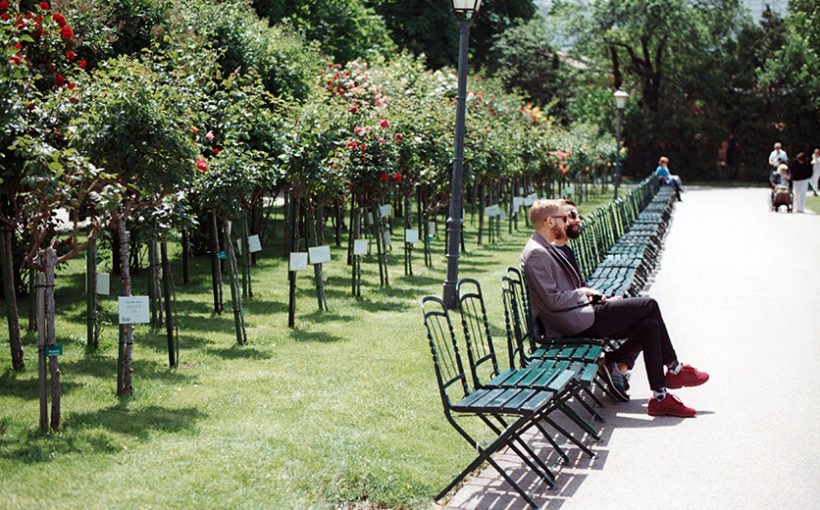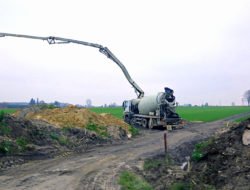During a heat wave, city centres can be 12 degrees warmer than the outskirts. But rather than plugging in the air-con, the solution may be found under an oak tree.
Air conditioners don’t cool the planet; they warm it up. In a shock report, The Future of Cooling, the International Energy Agency, IEA, warns that the demand for cooling is exploding around the world. Air conditioning is already putting the network under pressure in many countries. The IEA warns these needs will triple by 2050. Every second, ten air conditioners will be sold in the world in the next thirty years. At this rate, homes, companies and public services will be equipped with 5.6 billion air conditioners, compared to the current 1.6 billion. This evolution will require power quantities that are impossible to supply today and could lead to an increased power production based on coal or gas. With catastrophic effects on global warming.
Today, a fifth of the global electricity in buildings is used to power air conditioners or ventilating systems. In Europe, approximately one home out of ten is now equipped with air conditioning, compared to nine out of ten in the United States or Japan. The phenomenon is amplified but also aggravated by the acceleration of urbanisation. By ejecting hot air outside, air conditioners increase the outside temperature in the most equipped city centres by 1° to 12°C. This creates a vicious circle: the more we cool the inside, the more we contribute to global warming.
Re-vegetate cities
One way to avoid this “air-con crisis” would be, of course, to make cooling units unnecessary by investing in buildings with high energy performance using the latest techniques of natural air circulation and light materials. But the best solution may be found under the foliage of an oak or a poplar. The plants help to cool down the atmosphere using evapotranspiration, a phenomenon that combines the direct evaporation of soil water and transpiration from the plants. According to the French environmental agency ADEME, a mature tree could evaporate up to 450 litres of water. The equivalent of five air conditioners that work for twenty hours. The ADEME points out that trees are doubly beneficial as they also help to create shade and limit the reflection of sunshine on the walls of buildings and the ground.
In Europe, the effect of evapotranspiration on heat islands was calculated by the city of Lyon, a victim of frequent heat waves in summer. The metropolis of the Rhône has launched several test measures to combat heat islands, including planting 3,000 Provençal, less water-intensive trees per year. Sensors have been installed in the district of Part-Dieu and have registered 20 degrees less on the ground surface, with a fall in the perceived temperature of 1 to 2 degrees. On the vegetated axes (with grass under the tram tracks or on roundabouts, for example), the engineers have noted a drop of 10 degrees in the shade. So, let’s switch off the air conditioning?
Tags: air-conditioners, city centres, heat islands, trees, urbanisation








































